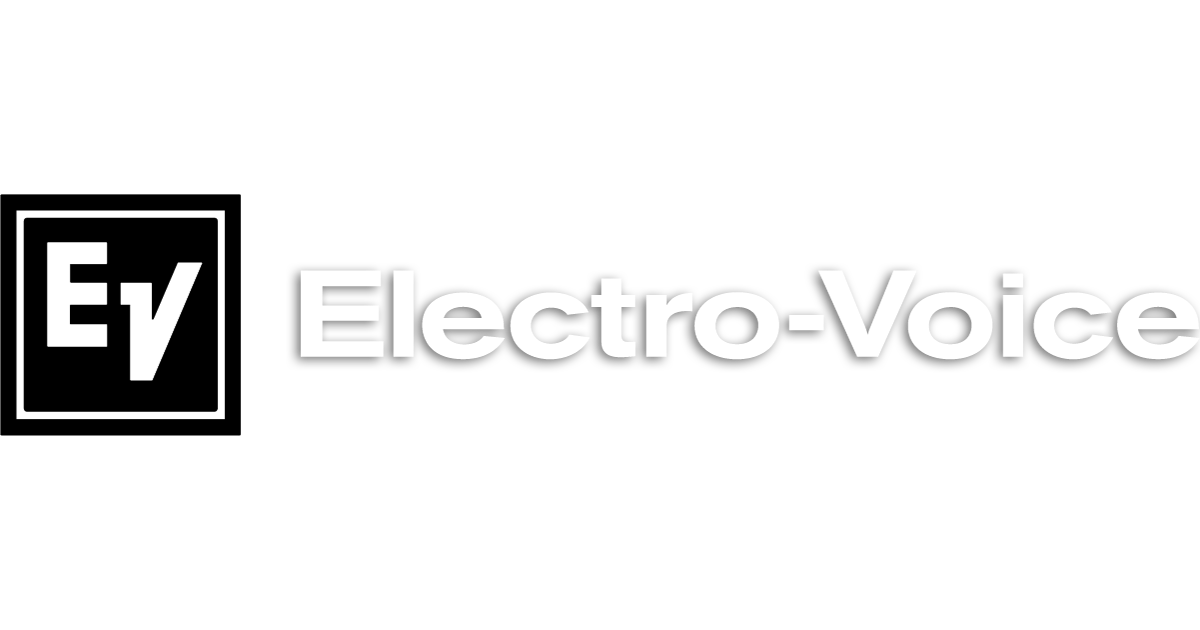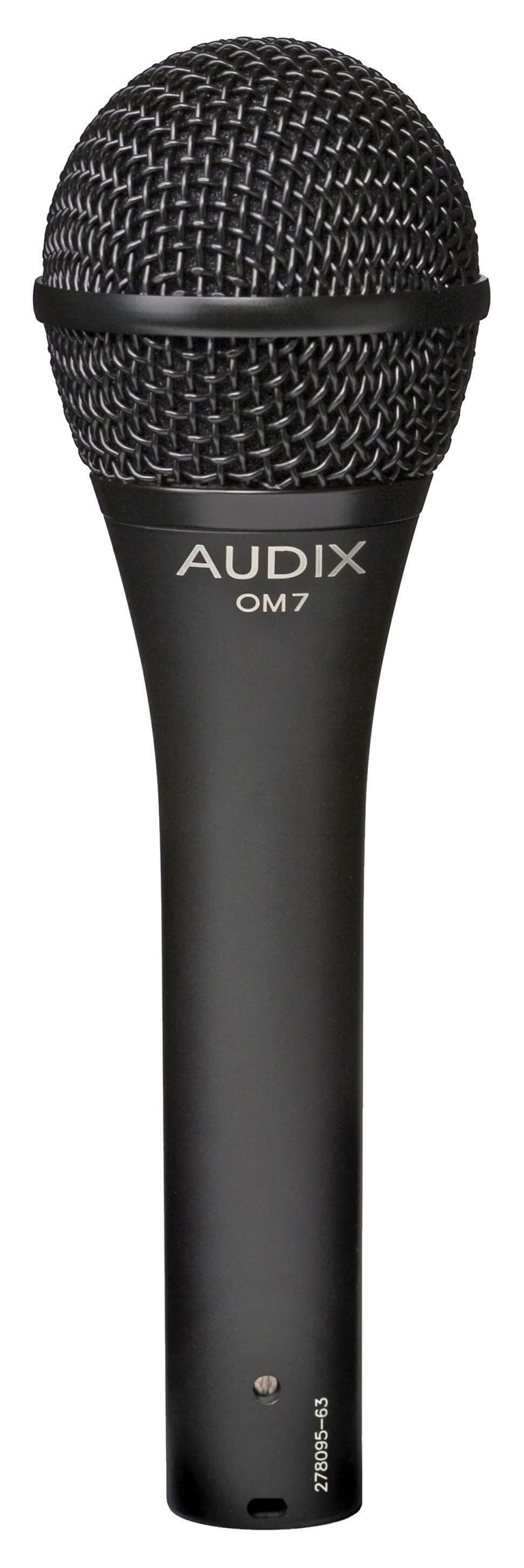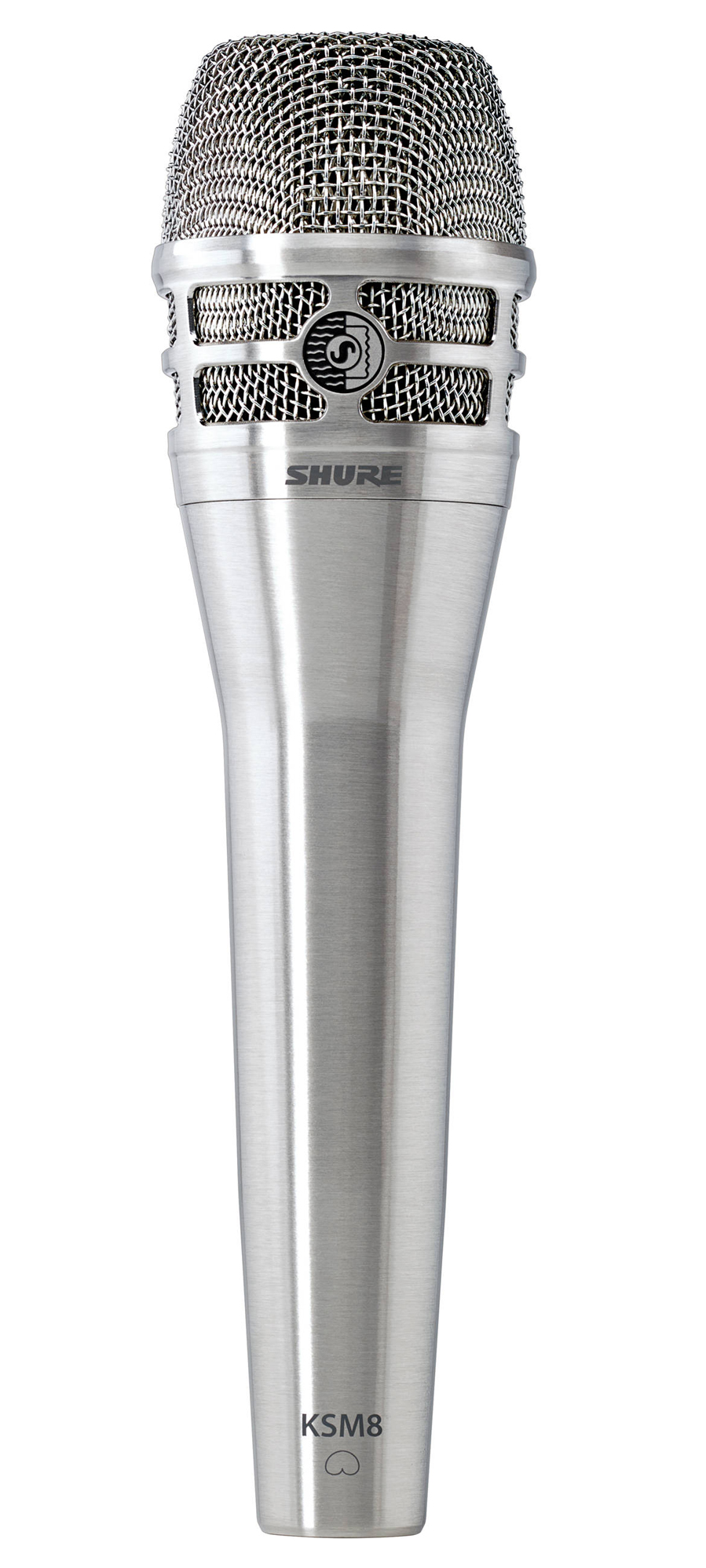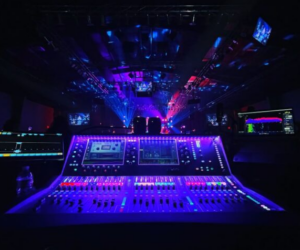Musicians who play instruments can be a pretty picky bunch. Horn players gravitate toward a certain style of mouthpiece, woodwind players prefer certain reeds, string players can be particular about their bows and even rosin. Even drummers have particular sticks and/or types of drumheads they prefer. And don’t even get me started on guitar players.
On the other hand, it’s been my experience that vocalists aren’t quite as choosy. Most seem to pretty much OK with whatever microphone is handed to them, offering little to no questions or comments. In fact, I’ve only worked with a few in my 35-plus-year career who have brought their own mics to gigs, and the majority of those units were selected due to aesthetics rather than sonic performance.
Many of them are vintage units or modern emulations of older models that give off a “retro” vibe. Some are painted or powder-coated a certain color, others have bling like beads and crystals applied to the body. One time I encountered a male singer’s wireless transmitter with brass knuckles attached to go with the “gangster” persona the band portrayed, but the unit’s overall performance quality was barely entry level.
While the overall visual look can enhance a live performance, as sound people we much prefer a mic that complements a singer’s voice and performance style over aesthetics. Higher-end models often have added features that can further benefit vocals.
One phenomenon that comes into play is proximity effect — as a singer gets right up on the mic, the lower frequencies become more pronounced. On one hand, this can fatten up a thin voice, but on the other hand, it can add mud and change a singer’s tone as he/she moves closer and farther away from the mic. Many premium models address this issue with acoustic tuning, low-cut switches, or even electronic processing so that the vocal signature stays more consistent and true to the source.
Vocal mics should also be designed to deal with “pops and plosives,” the breath noises that happen when a singer uses a hard consonant like P and B. Models designed specifically for live performance have windscreens, but the better units tend to use multi-stage or layered screens to further reduce the problem.
Handling noise is another issue. As it’s moved around, noise from the mic body can get transmitted to the capsule. Advanced capsule isolation to curtail this issue is a hallmark of well-designed units.
Frequency response should also be taken into consideration. A model may specifically be designed with a reduced frequency range that better suits voices, or in some cases, there are boosts and/ or cuts at certain frequencies that can help a vocal better stand out in the mix. There can also be the ability to tailor (via switches) the response of the mic.
At the outset of my work in audio, we were limited in the number of viable selections of handheld vocal mics, while today there are so many quality choices from so many sources that it’s almost mind-boggling. There’s at least one model in existence to suit any particular vocal and performance style.
My company’s mic locker contains dozens of vocal mic options. We carry several different models to every gig, and when working with unfamiliar singers, we try to find a bit of time to work with vocalists to audition various mics to find one that’s most suitable.
While not every company has a large inventory, and not every gig allows the time to try out different models, it’s best practice to have a few options on hand and to know the characteristics of those models in order to match them with the specific characteristics of a given vocalist. The following round-up of models that follows can serve as a good starting point in this process.
Enjoy this Real World Gear look at recent dynamic and condenser microphones for live vocal applications.
Enhanced Listing Sponsored by Electro-Voice
The next generation of the popular Electro-Voice N/D967, the ND96 is a robust, high-performance, large-diaphragm dynamic supercardioid vocal microphone from EV’s new ND Series. Designed for excellent acoustic control on very loud stages, the ND96’s special structural and acoustical designs create performance characteristics allowing the microphone’s gain before feedback in a mix to be significantly louder than most microphones.
— Push vocals through the mix: structural and acoustical functions allow the signal to be pushed through incredibly loud ambient volumes without risking feedback
— Large-diaphragm dynamic capsule: creates a rich and detailed frequency response
— Vocal presence emphasis switch: selectable voice presence booster reduces certain low-mid frequency areas and emphasizes key upper-midrange vocal presence areas for a more profound vocal edge when driving the voice higher in the mix
— Shock-mounted capsule minimizes handling noise: low-frequency bumps and thumps won’t get into the PA
— Humbucking coil guards against line hum: use with confidence near speaker cabinets and EMF-generating equipment racks
— Memraflex grille resists denting: durable tight-mesh grilles withstand extraordinarily rough treatment
KEY SPECIFICATIONS (ND96)
Type: Dynamic
Polar Pattern: Supercardioid
Frequency Response: 30 Hz – 15 kHz
Sensitivity: 3.3 mV/Pa
Maximum SPL: >140 dB
Dimensions: 6.7 x 2 inches
Weight: 11.4 ounces
Of Note: Selectable voice presence booster to further tailor/enhance vocal performance
electrovoice.com
Audix OM7
Type: Dynamic
Polar Pattern: Hypercardioid
Frequency Response: 48 Hz to 19 kHz
Sensitivity: 0.8 mV/Pa
Maximum SPL: >144 dB
Dimensions: 6.9 x 2.1 inches
Weight: 10.8 ounces
Of Note: Designed with low output level that acts as a natural “pad” at the capsule to maintain fidelity
audixusa.com

Type: Dynamic
Polar Pattern: Hypercardioid
Frequency Response: 60 Hz to 15 kHz
Sensitivity: 1.7 mV/Pa
Maximum SPL: N/A
Dimensions: 6.97 x 1.9 inches
Weight: 10.9 ounces
Of Note: Back-cavity assembly “floats” inside the handle shell for more isolation from handling noise
audio-technica.com
Shure KSM8 Dualdyne
Type: Dynamic
Polar Pattern: Cardioid
Frequency Response: 40 Hz to 16 kHz
Sensitivity: -51.5 dBV/Pa
Maximum SPL: N/A
Dimensions: 7.4 x 1.9 inches
Weight: 11.6 ounces
Of Note: Patented cartridge design with two ultra-thin diaphragms (one active and one passive) and inverted airflow system
shure.com




















